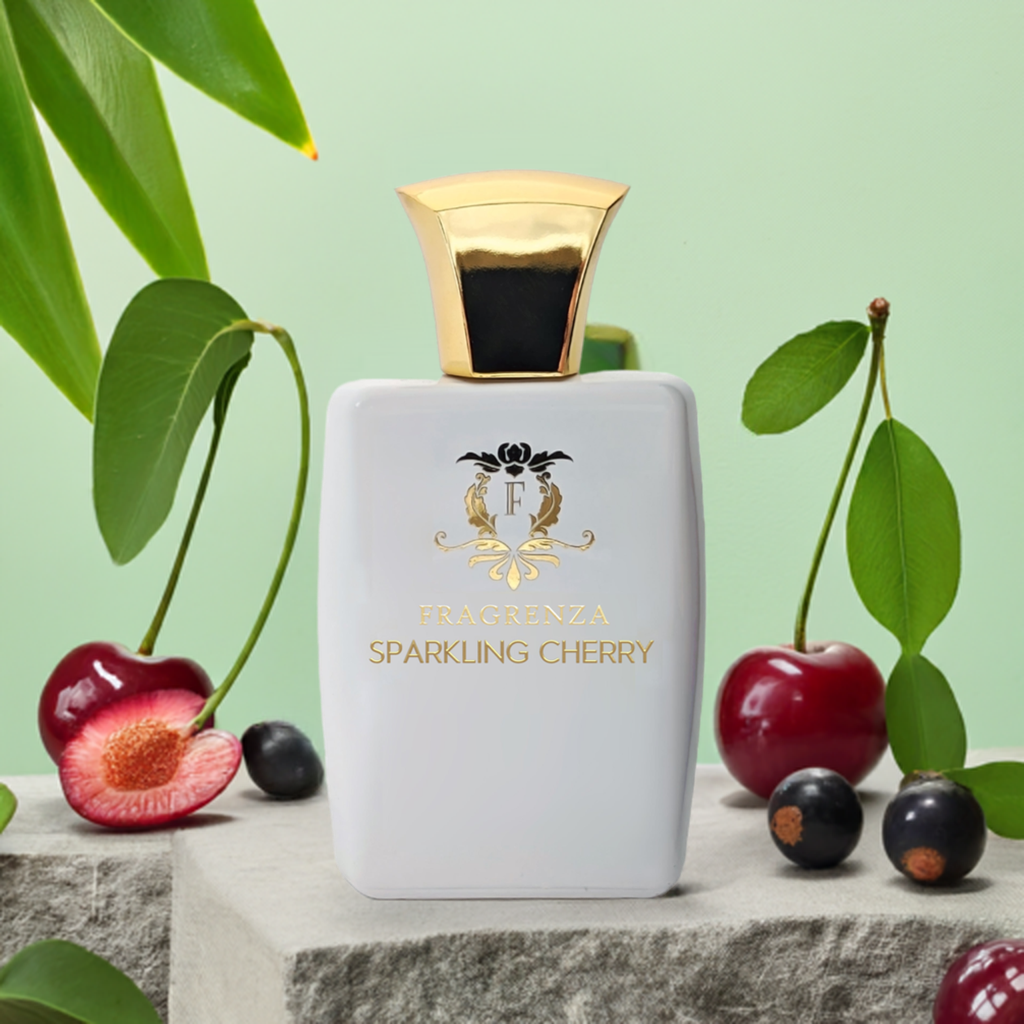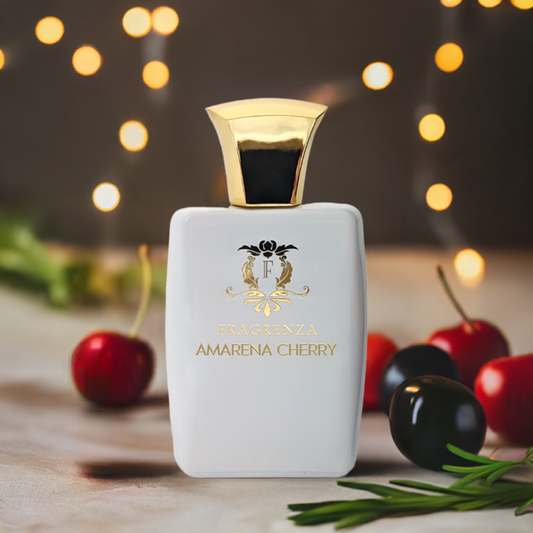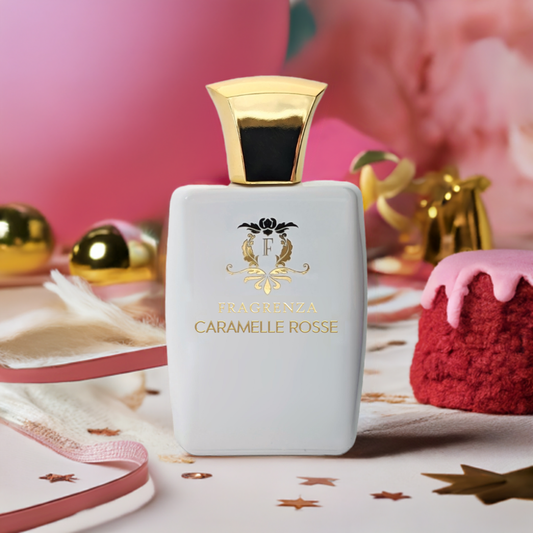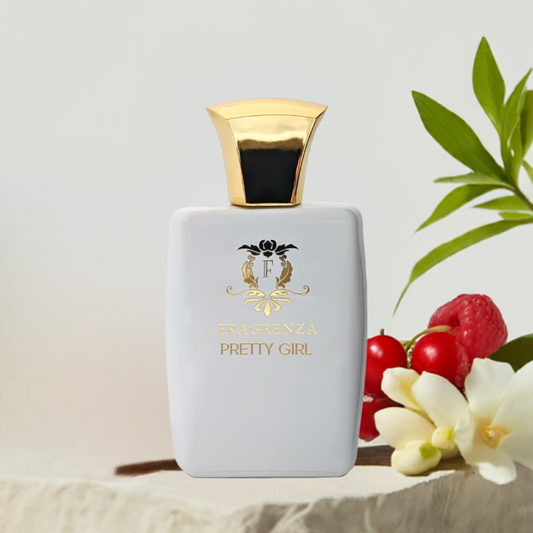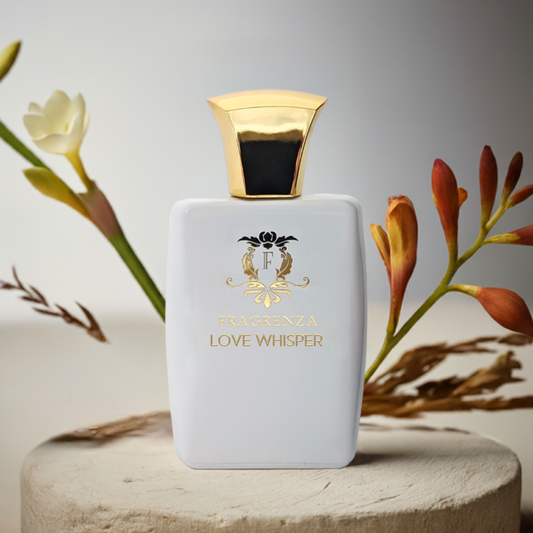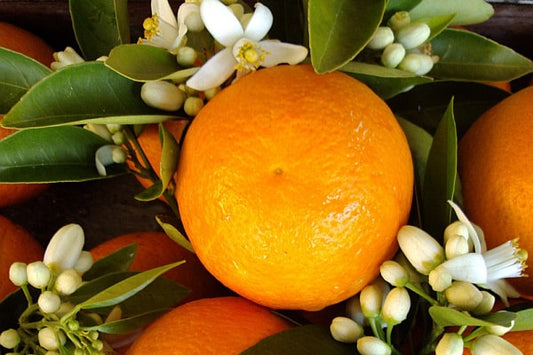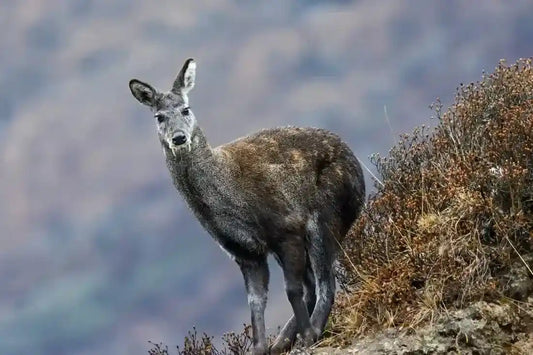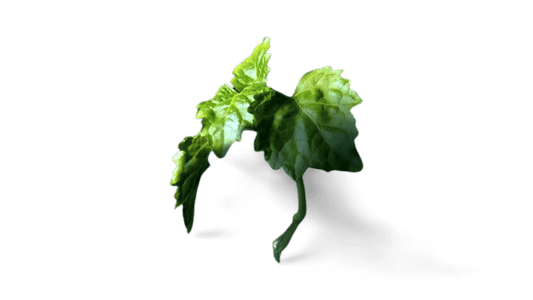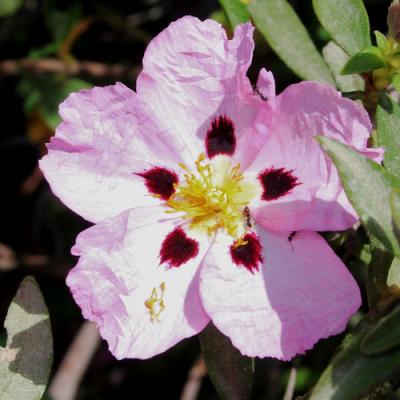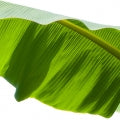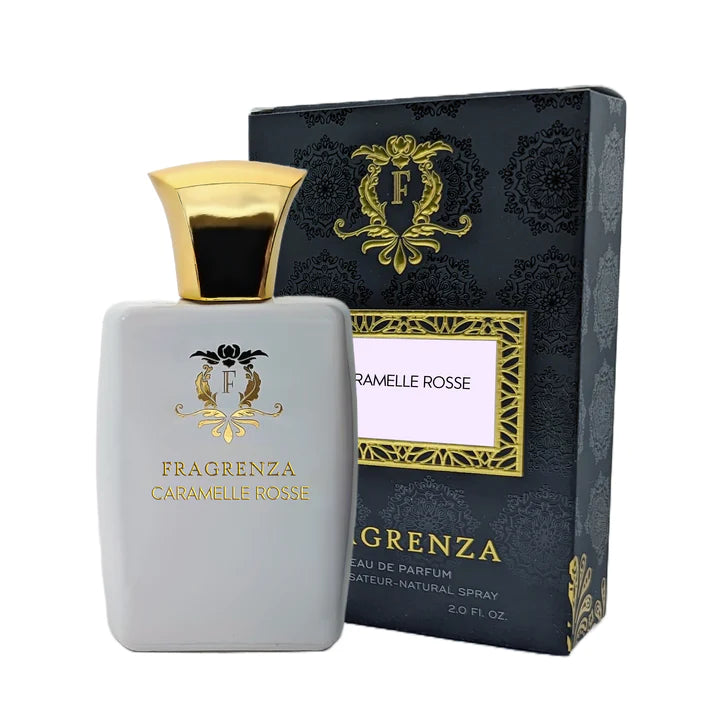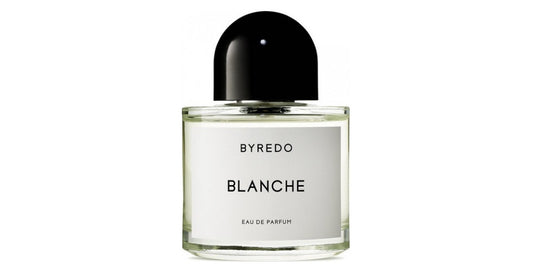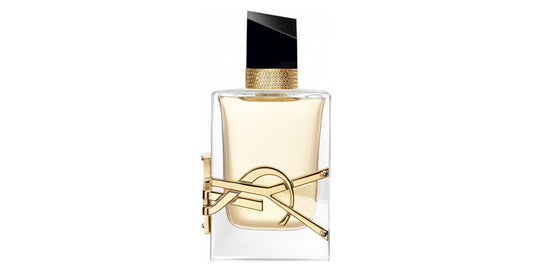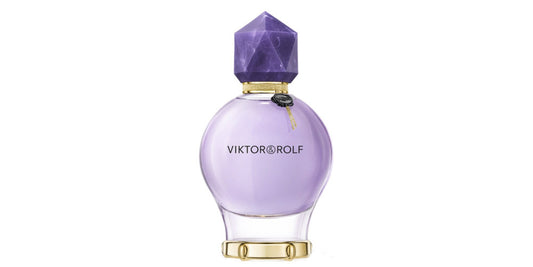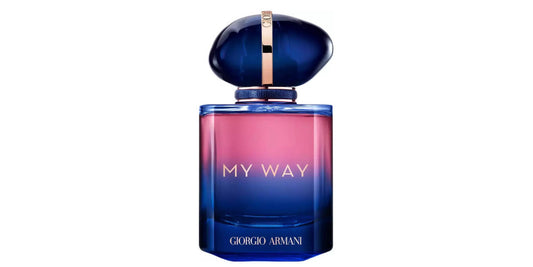Banana in perfumery

In This Article
The Origin and Distribution of Bananas
Bananas are a fruit that comes from the banana tree, which is typically sterile. The fruit is derived from domesticated varieties, with wild forms mainly found in Southeast Asia, ranging from India to Papua New Guinea. These wild bananas are rich in seeds and have minimal pulp. Banana domestication can be traced back to around 6,500 years ago in New Guinea, and their cultivation spread rapidly to southern China and northern Australia. An Indian legend suggests that bananas originated from the island of Ceylon, an earthly paradise from which Adam and Eve were expelled, their bodies covered with banana leaves. Similarly, a Syrian tradition considers bananas a fruit of paradise. The cultivation of bananas began in Madagascar around 500 AD, and the Arabs introduced them to the Mediterranean around 650 AD. The Portuguese then established banana cultivation in the Canary Islands in the 16th century, leading to the fruit's widespread popularity in modern times. Bananas are slightly curved and often grow in clusters called bunches on the banana tree. Their skin turns yellow when ripe, and they have a creamy white flesh.
The Scent of Bananas
The primary aroma associated with bananas is isoamyl acetate. In perfumery laboratories, isoamyl acetate is used to recreate the natural scent of bananas, as it is impossible to extract essential oils from the fruit. Although bananas are a popular food, their fragrance remains relatively rare in perfumery. However, the fruit's smooth, green, and fruity scent adds richness to the perfumes that contain it, making it suitable for both male and female creations.
Bananas are widely consumed worldwide and can be eaten dried, raw, or transformed into desserts or jams. In perfumery, banana notes can be found in fragrances such as Enjoy by Jean Patou, Florabellio by Diptyque, and Sunny Frutti by Escada. The scent evokes a world that lies between Africa and the Caribbean, offering consumers a breath of sunshine.
Fun Facts About Bananas
- There are over 1,000 different types of bananas worldwide, but the most commonly known and consumed variety is the Cavendish banana.
- Bananas are not technically a fruit;they are classified as a berry.
- Banana plants are not trees, but rather large herbaceous plants.
- Bananas are rich in potassium and vitamin C and can aid digestion and heart health.
- India is the largest producer of bananas, followed by China, the Philippines, and Ecuador.
